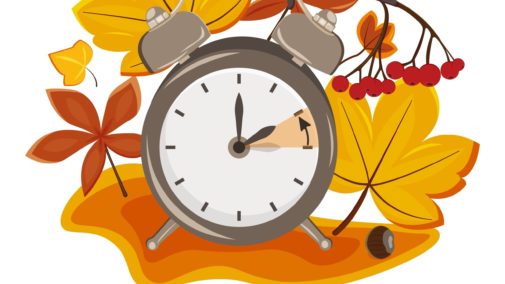
Remember to Fall Back!
03 November
Daylight Saving Time (DST) is a practice used in some regions to make better use of natural daylight during the longer days of summer. Here are some fun facts about Daylight Saving Time:
- Spring Forward, Fall Back: DST typically begins in the spring, when clocks are set forward by one hour, and ends in the fall when clocks are set back by one hour. This shift is designed to make better use of daylight during the summer months.
- Origin: The idea of DST was first proposed by Benjamin Franklin in a 1784 essay, but it was not widely adopted until the 20th century. During World War I and World War II, DST was used as a way to conserve energy by reducing the need for artificial lighting.
- Not Universal: DST is not observed in all countries or regions. Different countries have their own rules and start and end dates for DST, and some areas, like Hawaii and parts of Arizona in the United States, do not observe DST at all.
- Controversy: DST has been a topic of controversy and debate. While proponents argue that it helps save energy, reduce traffic accidents, and improve overall well-being by allowing more daylight in the evening, opponents claim that the time changes can disrupt sleep patterns, cause health issues, and have little to no energy-saving benefits.
Join Girlicity Today: girlicity.com/start
Contact Us: Click Here to Contact Us
TOLL FREE: 844-754-2489

